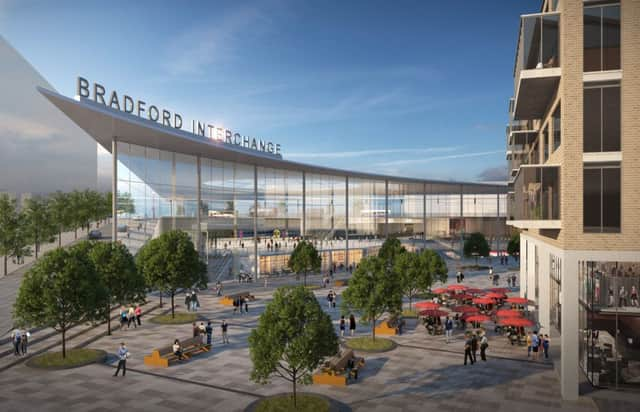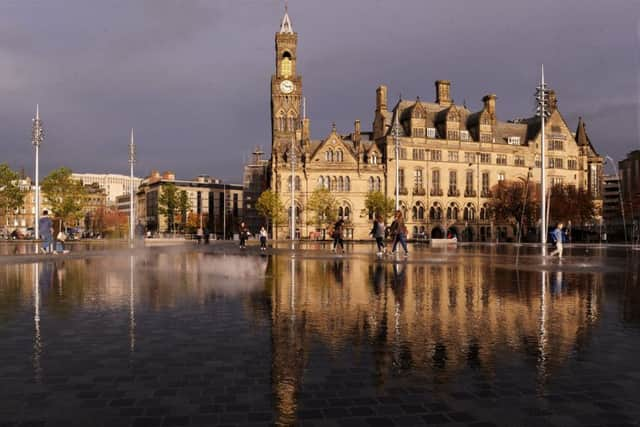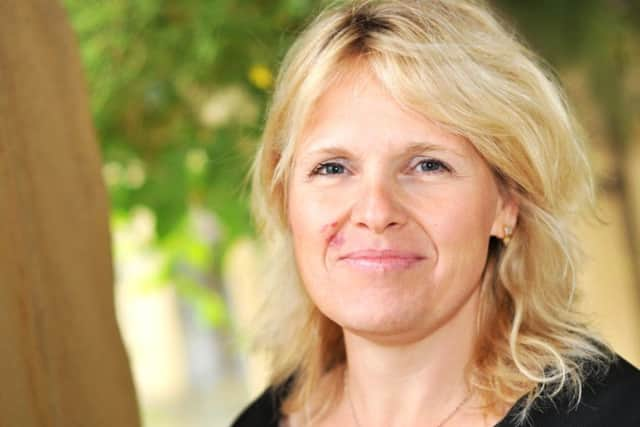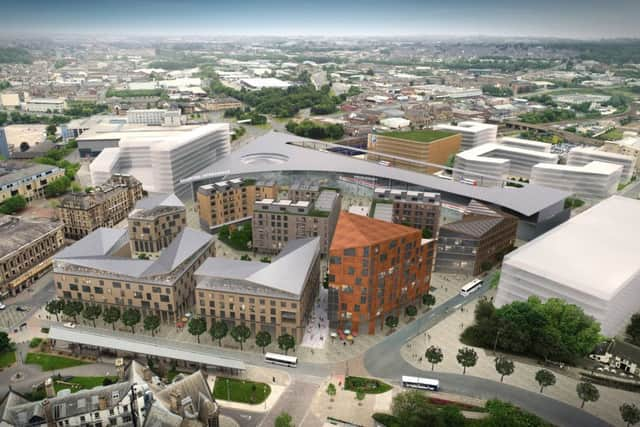Mark Casci: Next Stop Bradford campaign a sign of city's brighter future


The year was 2004 and heady plans were afoot for Bradford, with schemes as grandiose as a “business forest” and an ambitious scheme to create a so-called urban village in the Bradford canal basin with offices, flats and high rise towers.
The long-awaited shopping centre on Broadway was finally built after years of no activity and the smart City Park eventually did open but predictably most of these projects never got off the drawing board.
Advertisement
Hide AdAdvertisement
Hide AdThe financial crisis and resultant colossal downturn in capital projects put paid to most of the plans but much of the fault ultimately laid with the local leadership of the time who outsourced the bulk of the work to a private firm, Bradford Centre Regeneration, who delivered next to nothing during its short tenure and oversaw the spending of millions of pounds of public money on consultants for projects which never got anywhere.


The picture today for the city, the place I started my career and somewhere I hold close to my heart, is thankfully far different.
A case in point is the plan for a Bradford station on the Northern Powerhouse Rail route between Leeds and Manchester.
The proposal, which involves the complete revamp of the tired Bradford Interchange station, could be an absolute game changer, not just for Bradford but for the north’s economy at large.
Advertisement
Hide AdAdvertisement
Hide AdLast week we published analysis by GENECON which showed that linking the city to Leeds and Manchester would do far more than just reduce journey times to seven and 20 minutes respectively.


It estimated that the station would add 15,000 new jobs to the region and bolster the North’s economy by up to £15bn by 2060.
And it is not hard to see why.
Bradford is the fifth biggest metropolitan district in the country. It is one of the youngest cities in Britain and, as Barclays announced last year, it is the best place in the nation to start a business.
For businesses large and small on both sides of Pennines, the prospect of having access to the massive untapped potential workforce that would come their way by shortening the journey time to the city is absolutely enormous.
Advertisement
Hide AdAdvertisement
Hide Ad

Poised between these two cities Bradford, with its amazing Victorian architecture and lower cost of living, could suddenly find itself a property hotspot.
One might ask how this plan differs from those mooted 14 years ago.
The simple answer is that Bradford has changed.
Rather than viewing itself as an independent city state it is now a vibrant and vital part of the wider Leeds city region and the plan for the high speed Bradford station is one supported across the north.


Much of the credit for this must go to its current chief executive Kersten England who has led the city with great aplomb during her time as chief executive of the council.
Advertisement
Hide AdAdvertisement
Hide AdThe way she works with her counterpart at Leeds City Council Tom Riordan has been for the betterment of the whole region. They make a good team and serve as a great model for interdependent working across region, one which the One Yorkshire plan promises to deliver across the county.
Susan Hinchcliffe too is perhaps the most impressive council leader of the council in decades and a break from the past.
Much of the change has been led by the city’s businesses and the model of cooperation across the region started with the region’s chambers of commerce when they came together to form a powerful ensemble.
If it works out it could be more than just high speed rail arriving in Bradford and now more than at any point in its modern history is it on verge of realising its tremendous potential.